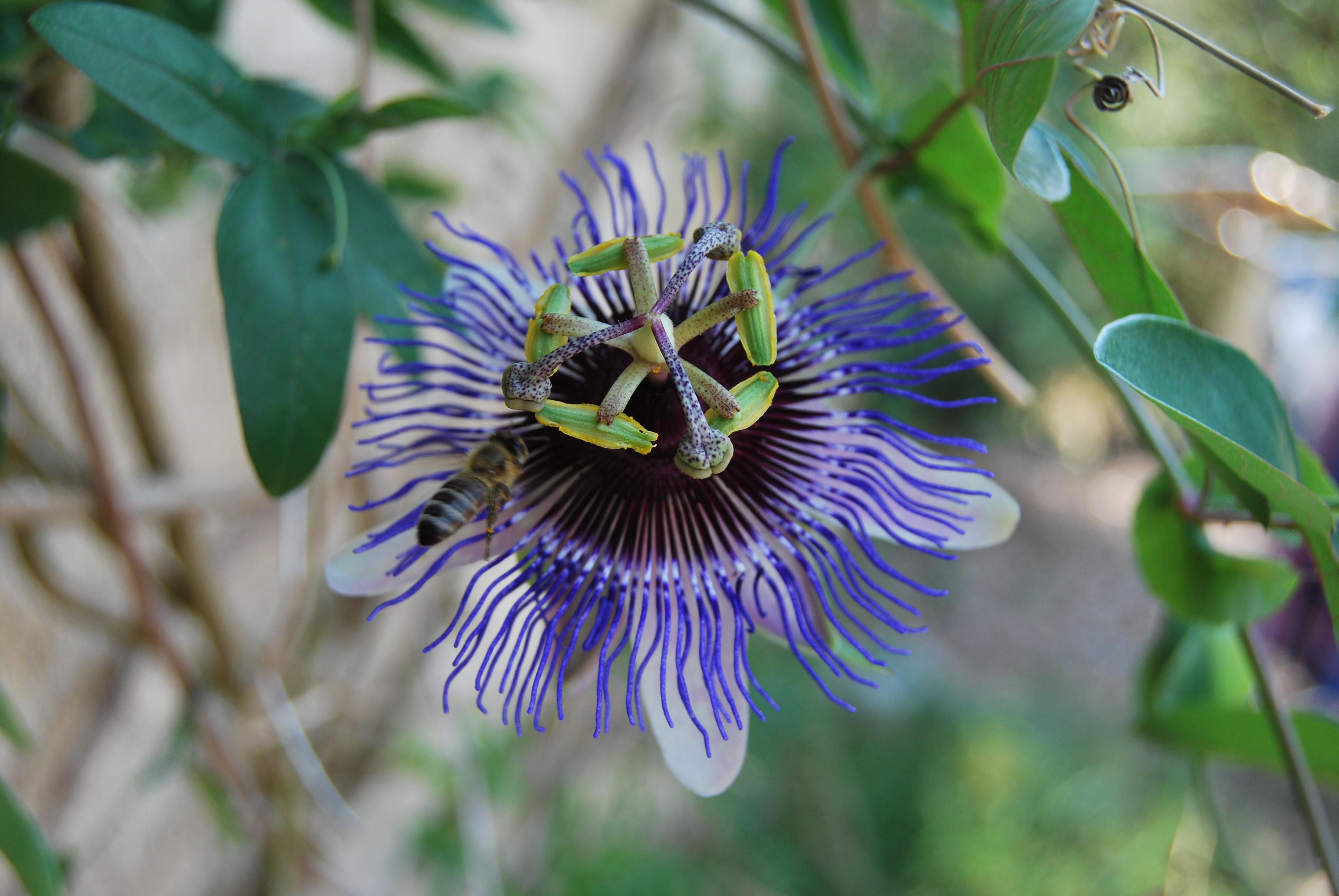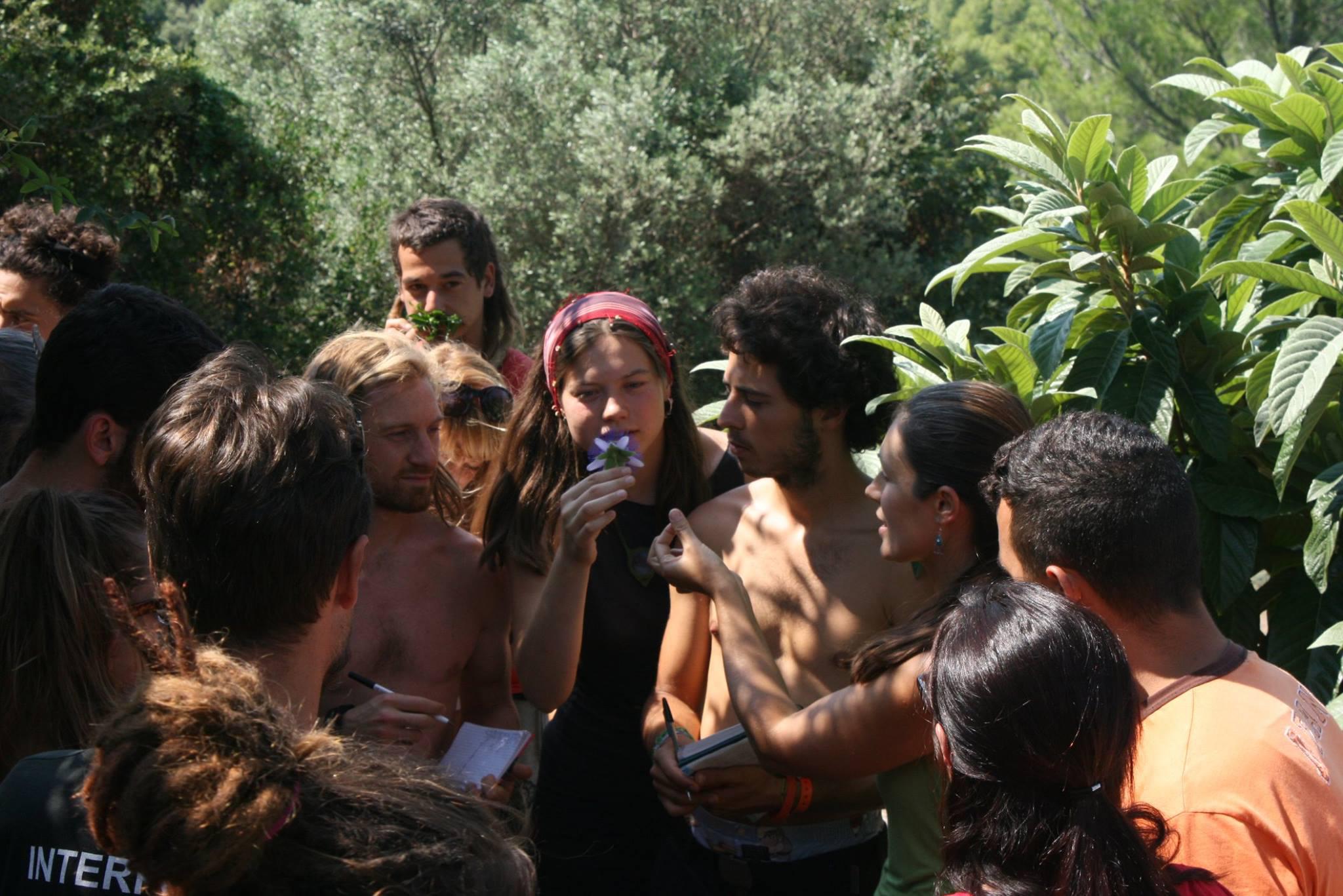Day 6 - Self Management of Health/ Natural Remedies and Herbs
Self Management of Health / Natural Remedies and Herbs
workshop by Fatini from Nea Guinea (www.neaguinea.org)
First, we started with a brief introduction about practices of self management of health and natural medicines throughout human history, their role on human lifestyle and how we ended up losing, with modern medicine, most of the ancient knowledge about this subject.
When talking about herbal remedies, what we are interested in are several different plant species, especially the ones which contain particular active principles that interact beneficially with our organism (with detoxifing properties, calming, nervous tonics, etc etc..)
Regarding the herbs, we can use them either fresh, keeping the full healing potential, or dry with increased concentration of the active subtances. (Tip: we should pay attention to the lifestage of the plant that we are harvesting (flowering, vegetative growth), as well as the time of the day we harvest (before the sunrise for more active effects))
Herbs should be dried in the shortest timeframe possible, in order to preserve the most principles, in a dark, well ventilated room. (Tip: when buying dried plant, we should look for material that looks as similar as the fresh plant)
Three different extraction methods were presented:
Water: the universal solvent. You can either make infusions (like a regular cup of tea) or decoction (let the solution boil for 10 to 30 minutes). Water extractions have a short lifespan and should be consumed within 24h after preparation. When working with fresh plant material, we should use an average ratio of 1:10 (plant/water weight), whereas with dry we should use a 1:25 ratio.
Alcohol: great to extract volatiles, pigments and alkaloids. We should always use high volume ethyl alcohol (96*), either pure or dilluted in water, when preparing the tinctures. For different plant species and extracted substances we should consider different alcohol volume solutions. The tictures are very concentrated and can last for more than 1 year after preparation. Considering the ratios for extraction, we should work with a 1:2 weight ratio for fresh material and a 1:4 for dry herbs. The tinctures should be prepared in closed glass jars, with constant mixing and they will be ready in 2 – 3 weeks time.
Oil: in this case we should always consider the properties of the oil solvent we are using (there are “heavier” oils, like olive or coconut oil, and “lighter”, more sensitive oils like sunflower or sesame oil). The oils are organic solvents and they are subject to their own degradation processes, through metal, air and sunlight oxidation. There are three main oil extraction methods: Cold extractions – they take a longer extraction time but they also retain most of the oil natural properties and are able to last longer; Sun extractions – we prepare the oil in a closed ,air tight container and leave it sitting for a month in the sun, but avoiding the light to enter the jar, in order to slowly heat the oil and accelerate the extraction; Hot water bath (Bain Marie) - the most aggressive extraction but also the fastest. We place the jars with the oil covered herbs in a pot with boiling water and leave it for around 30min to 2 hours extracting. The result will be a concentrated preparation that can be immediately used.
After discussing the theory of extractions, we took a tour around the gardens to see some examples of the kind of medicinal plants growing in the property and what are their main uses (Rosemary, Calendula, Clary Sage, Passiflora, Jasmin, …). After this small walk we had time to actually prepare some of these extractions using different methods. We prepared oils from chilli pepper, calendula, and a tincture from arnica.
For more information on plant uses and cultivation: www.pfaf.org
- 939 reads







